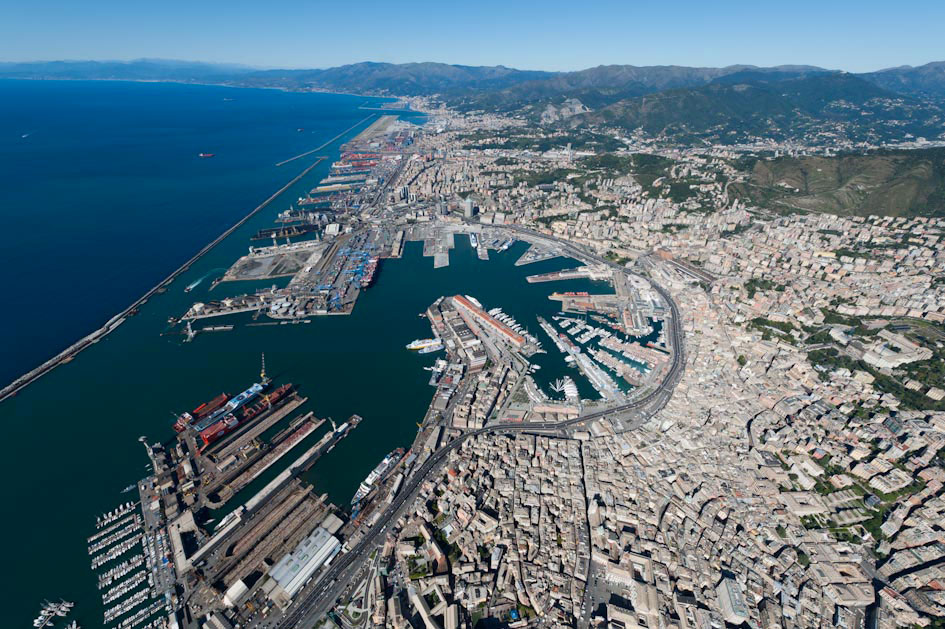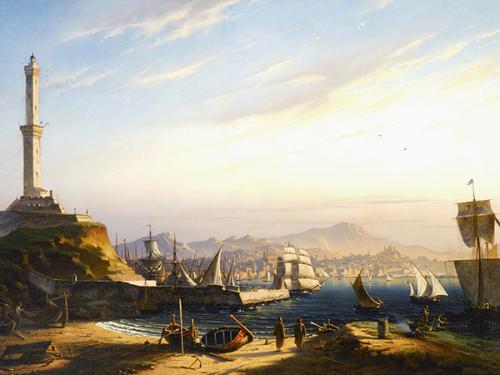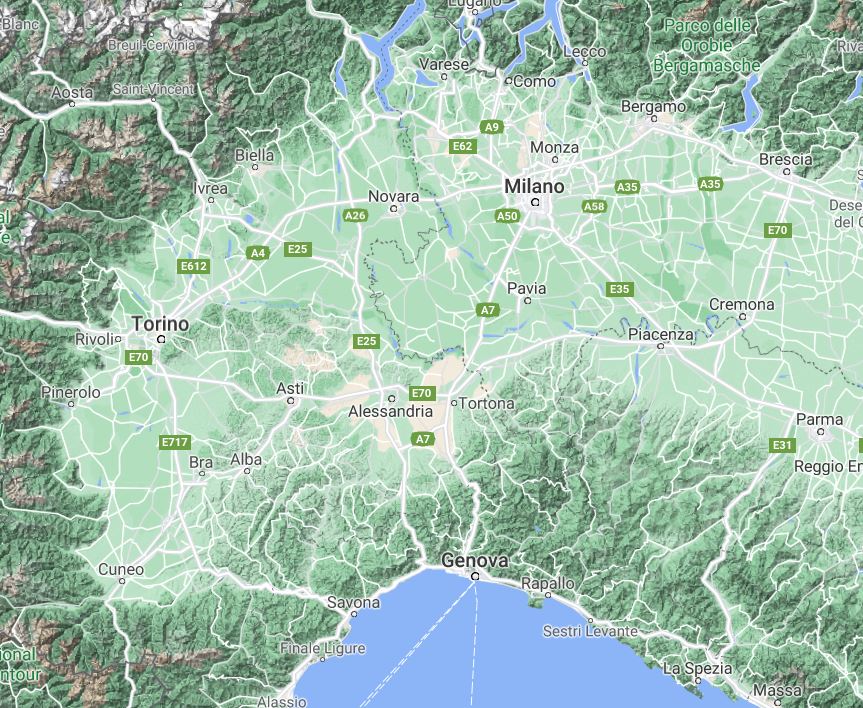
You know why this insistence on the 15-minute city gets on my nerves? Because the problem of US and Canadian planning is not the lack of yet another grand discursive vision, that are quite abundant, but of the technical and juridical tools to achieve whatever vision.
I understand the appeal of a city favoring a proximity, car-less life. But from urban villages on, this is the core of the urbanist discourse. We know what we would like cities to look like. We can rebrand it how many times you want to sell it better, but the core idea is there.
The problem is that there are little tools for planners to make those visions actually come true, because of the lack of operational non-regulatory instruments, an outdated, hyperlocalist regulatory tool for uses (zoning), and the persistence of a car centered road design culture
My outsider's opinion is that the last thing North America needs is a new "vision". We need patient and knowledgeable legislators and practitioners that make the unappealing job to ask: "how do we get there? Are the tools we have effective to reach the goal of a car-lite city?"
If not, what local or national reforms do we need to achieve that? What are the priorities? How do we build political consensus and coalitions to bring this reform agenda foreword? What are the trade-offs? To which extent is this vision applicable in reality?
In other words, we need less "Elon Musk" type of marketing oriented star-planners with "a vision" to sell, and more hard-working, detail-obsessed, grounded but curious of what others elsewhere do, and possibly well-intentioned ones.
And I'm 100% sure there are many out there.
And I'm 100% sure there are many out there.
Sorry for this sudden outburst , but sometimes I'm really annoyed by the marketing-like language of the prevailing planning discourse, its superficiality, and the lack of pragmatism and effectiveness.
• • •
Missing some Tweet in this thread? You can try to
force a refresh

















